Say Hello!
Sign In
- Trekking Tips
7 Mistakes first time trekkers make.
(We totally beg you to refrain from doing everything mentioned below)
Besides trekking being an exhilarating sport in itself, first-time trekkers feel more than what the sport has to offer. You feel a mixture of emotions that even Shakespeare would fail to describe. It's inexpressible, the amalgamation of expectations, thrill, excitement, nervousness, enthusiasm is something out of the world. You tend to feel anxious yet desperately confident. It's amazing. On the other hand, first-time trekkers usually tend to make many blunders, this could be a result of inadequate knowledge or simple over-preparedness. However there are certain mistakes that are commonly committed by most first-timers, below we have managed to list out 7 of them that could be easily avoided. This could save you a lot of time, money, and energy, therefore before you get started have a look at them.
- OVER-FLOODING WITH CLOTHES.
- THE WRONG BACKPACK.
- OVER-MATERIALISM.
- NOT USING A TREKKING POLE.
- NOT LAYERING.
- OVER PACING.
- UNDERESTIMATING YOUR TREK.
- Trekking is no breeze, if you are misguided by the term "easy trek", allow us to clear this misconception for you. Even the easiest of all treks is a difficult trek in fact a very difficult one for an amateur. It is termed easy only in comparison to the extremely complex treks available out there. So the last thing you want to do is underestimate your trek. You have to be both mentally and physically prepared for many troubles that will most probably pave their way towards you. It's going to be uneasy but it's also going to be worth it and you can trust us on that.
It is true that new places call for new clothes and resisting them can be a big deal. However it is important to control your horses, especially when you are packing for your trek. First-time trekkers usually end up packing more than necessary, they tend to carry separate pairs of clothes for different local spots that they think they might visit in and around their trekking area. This is unnecessary, in fact carrying lesser clothes than the estimated requirement is more ideal. Also, considering trek friendly clothes is a wiser idea. Clothes like Jeans and heavy jackets might seem trek friendly but they are a big NO. Jeans being tight tended to be uncomfortable for climbing uphill on the other hand heavy jackets that might seem like your life savior is simply exasperating on treks. So save yourself the trouble and be thoughtful while packing your clothes, have brief research about the trekking area, and consider the geographical conditions while choosing your outfits.
First-timers already being enthusiastic and hyped up are easy to fool especially by salesmen. You being an amateur certainly makes it a cakewalk for them to convince you to buy their product even if it is worthless. However here we are at your rescue helping you to save yourself some penny and make something out of it instead of buying anything useless. To get started, there are certain characteristics that you need to keep in mind while looking for a backpack. The first thing to look for is a fully adjustable suspension system, that being - movable shoulder straps, a comfortable hip belt and sternum that can provide enough support to your shoulders. On your journey upwards you would surely not want an uncomfortable backpack since it could be a serious spoiler and simply reduce the joy of trekking. Hence, don't ruin the trek for yourself and go grab a suitable backpack. To get a detailed understanding, read.
Once you have an ideal backpack, you will be surprised to know how spacious it turns out to be. With lesser clothes as suggested above you will be tempted to add in other materials either to make your backpack look like a heavy backpack or to simply fill the space available. Whatever be the reason it will only end up making you feel like a fool as you climb upwards. Shampoo, soap, hand wash, perfume, body lotions, conditioner, face wash, moisturizer, face cream, sunscreen, sanitizer, etc, etc. The list can go on but a smart trekker will only carry things required for sustenance, a toothbrush, tiny toothpaste, a small bottle of liquid soap, and sunscreen. Everything else is unnecessary. Besides this, it is important to carry a medicine box however make sure to not carry a lot of them except for a good number of Diamox.
This is a first-time trekker's greatest foolishness. You may be tempted to avoid the trekking pole either because you do not know the proper usage of a trekking pole or simply due to ego issues, whatever be the case you are sure to realize that it was a blunder to not carry one. They act as extra legs and provide extra-stability that encourages your upward movement and also facilitates your stamina and ability. In addition they also protect your knees and reduce the risks of painful cramps and twinges. It is observed that trekking poles reduce up to 40% of your body weight which is nothing less than a lottery during treks. However it is important to learn the instructions of using a trekking pole before actualizing it to make the most out of it.
If not using a trekking pole is a first timer's greatest blunder, not layering is the second greatest blunder. Movies and series may influence you to buy heavy furry jackets but you will be disappointed once you begin your trek. Not only are they heavy but they are also expensive and a waste to invest in. Instead of wearing one heavy jacket, layering a couple of thin clothes is practically beneficial. Layers of clothes trap your own body heat and keep you comfortable, in addition layering also allows you to adjust how warm you want it to be in there. You could add a couple of layers to increase warmth or simply remove a few of them to decrease it. It is easy, handy, and hassle-free. On a side note it also saves you your little penny. Therefore it's a win-win situation.
This is one of the most evident mistakes a first-timer makes. You are excited about obvious reasons but overestimating your ability though natural is simply foolishness. First-timers being extremely enthusiastic tend to elevate rapidly, this may either be due to ego issues or simply out of thrill and energy. However, considering your speed of elevation you end up being really tired within a short span of time and consequently your speed reduces. This not only hampers your ability to mount further but also makes you more prone to altitude or mountain sickness. The symptoms of which make you feel uneasy, nauseous, and dizzy. So trekking at a really slow pace is ideal for beginners. You need to take it really easy and slow because truly slow and steady wins the race.
Besides these commonly committed 7 mistakes another mistake that we collectively commit is the exploitation and littering of the natural wild. This mistake is just as serious as other mistakes and can be just as easily avoided. Remember, it is cool to care and be a responsible and sensitive citizen. Therefore while you are up there make sure you leave humbly without disturbing or ruining the beauty of nature.

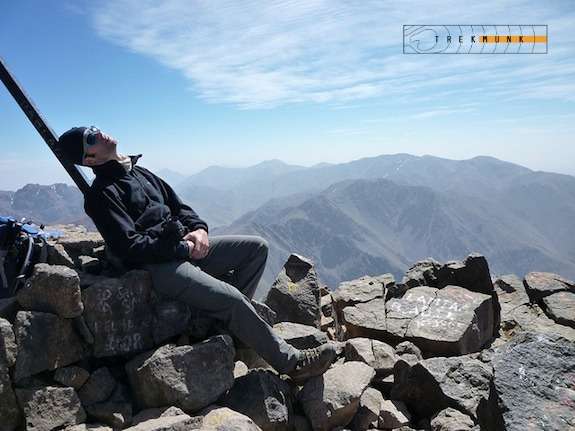
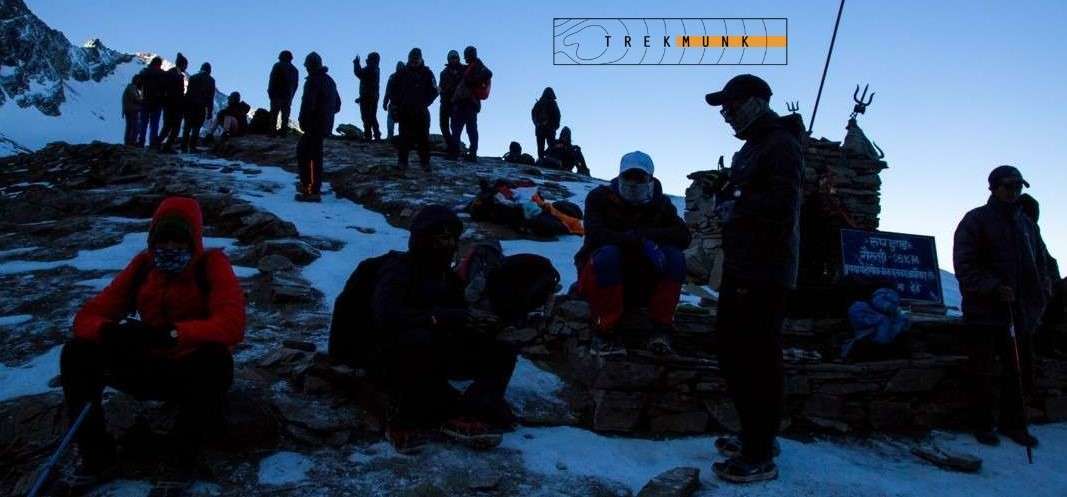
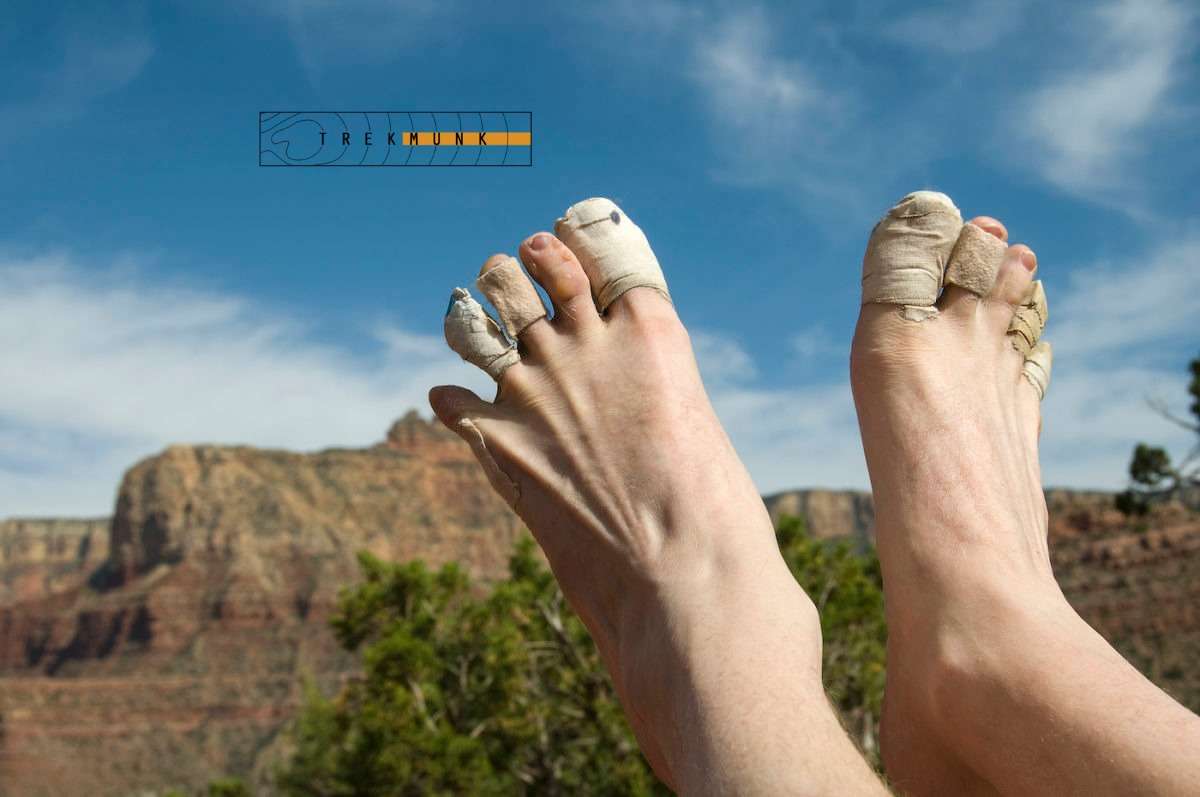
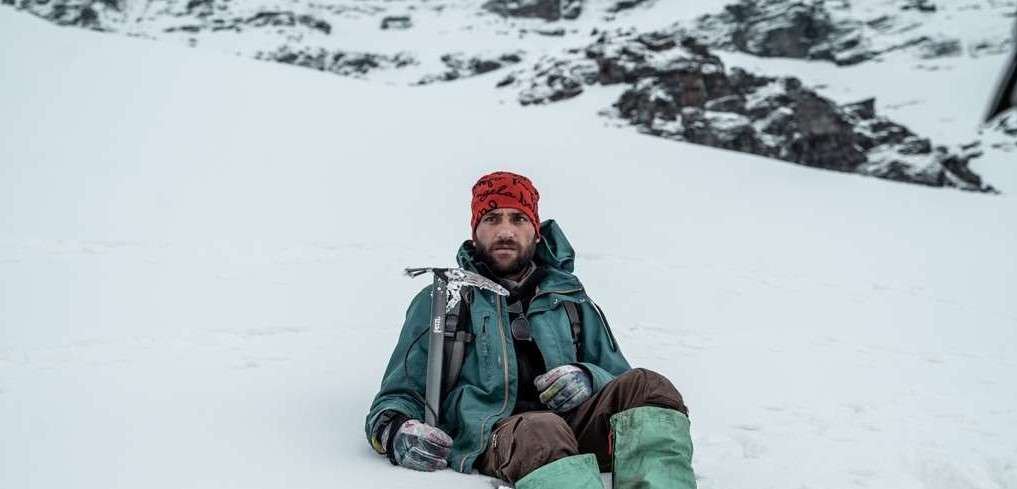
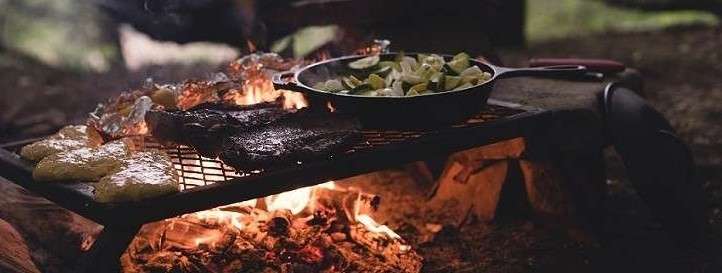
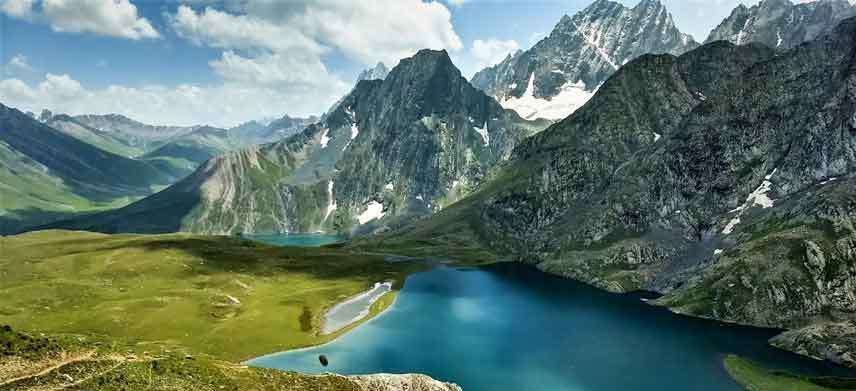
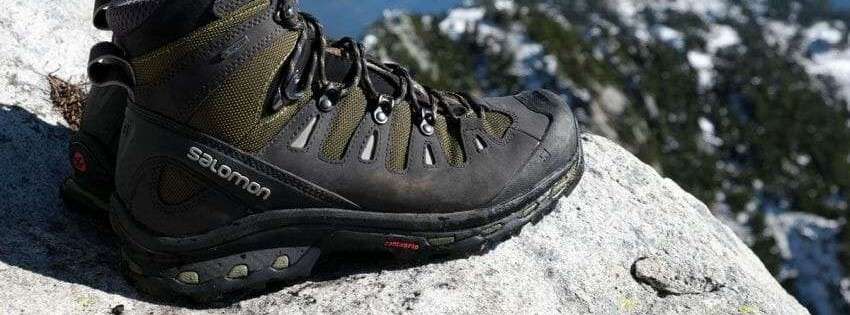
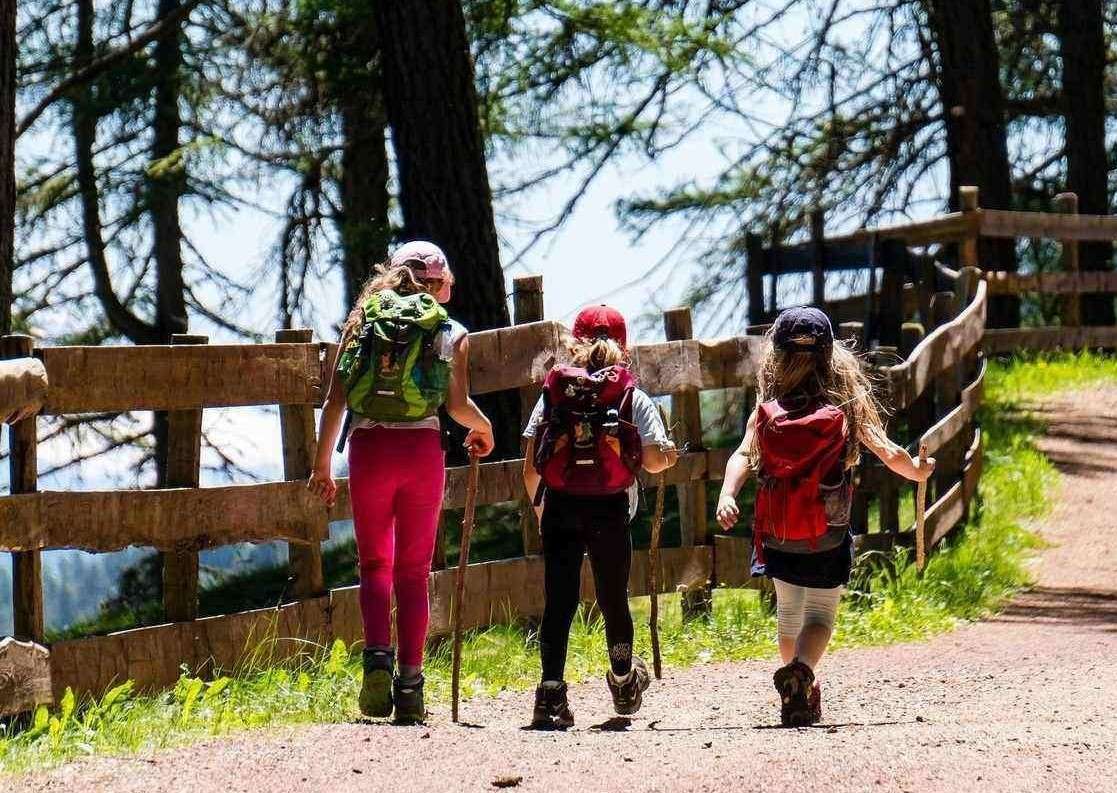
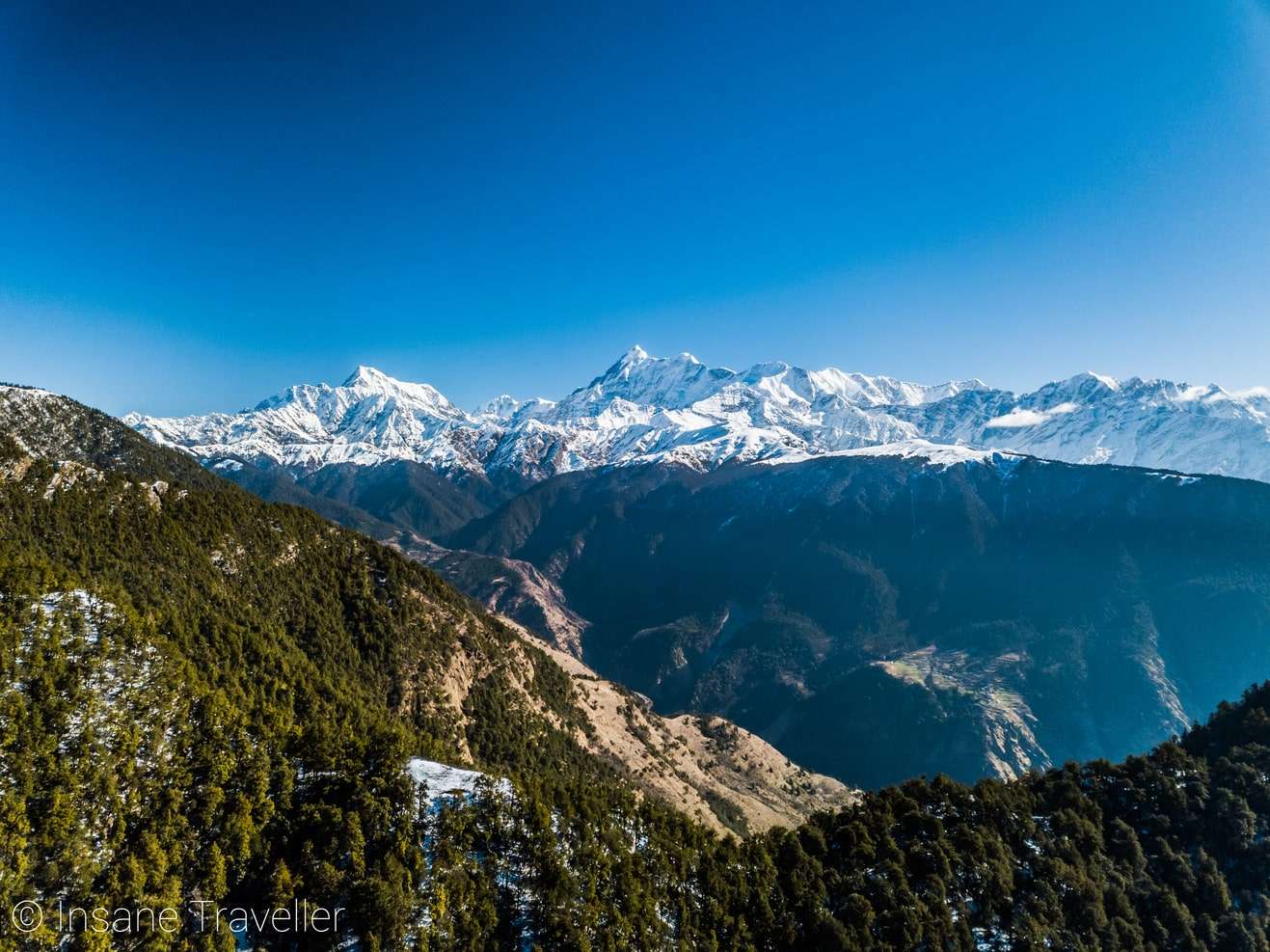
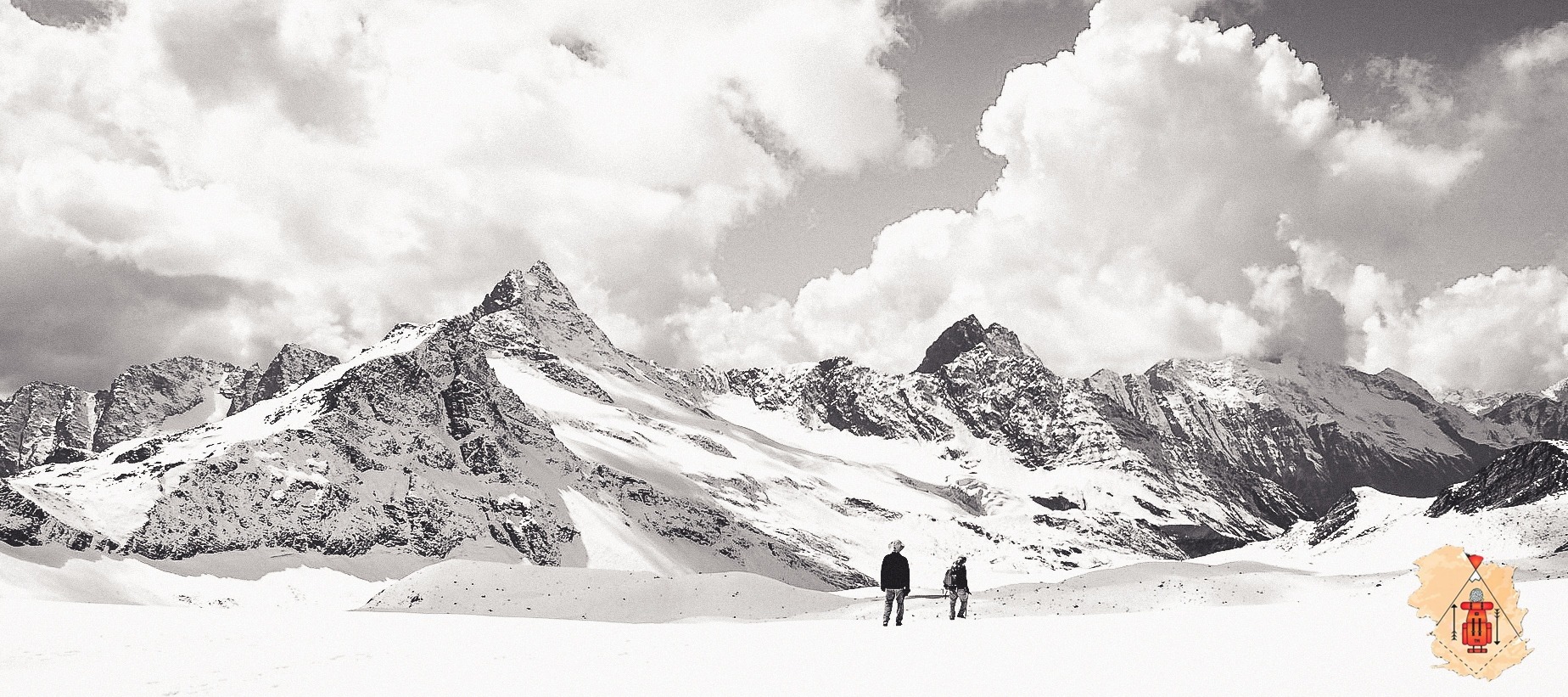
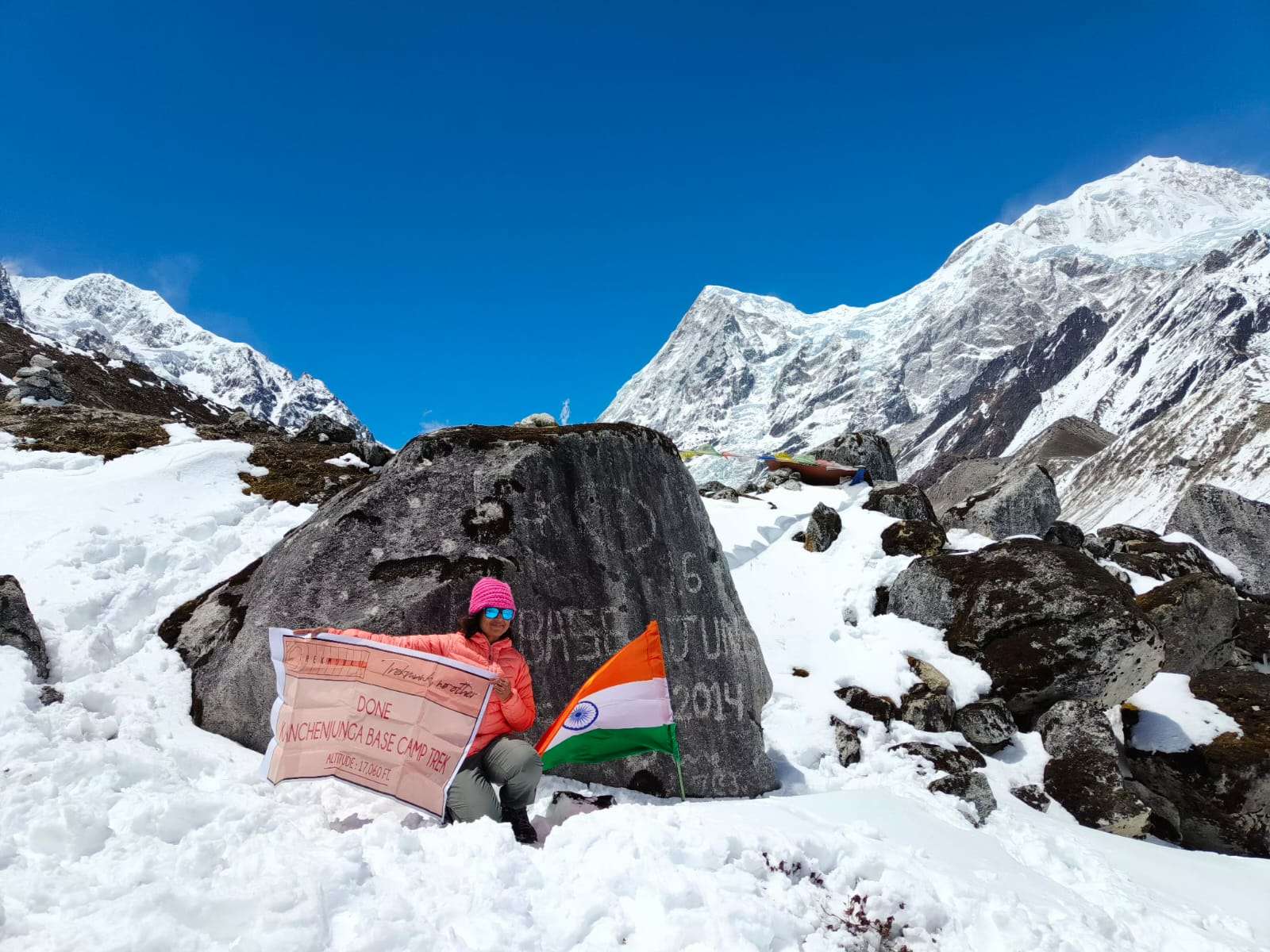

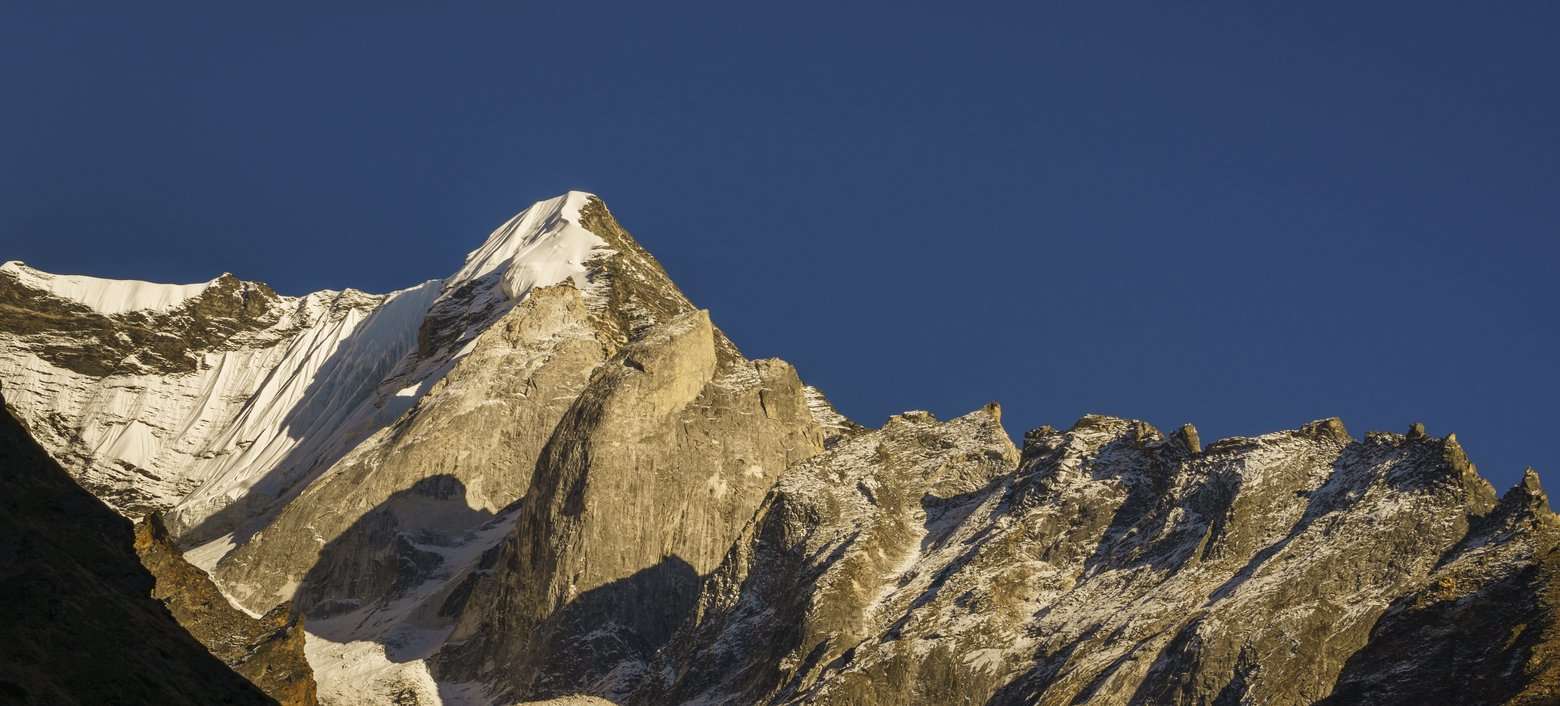
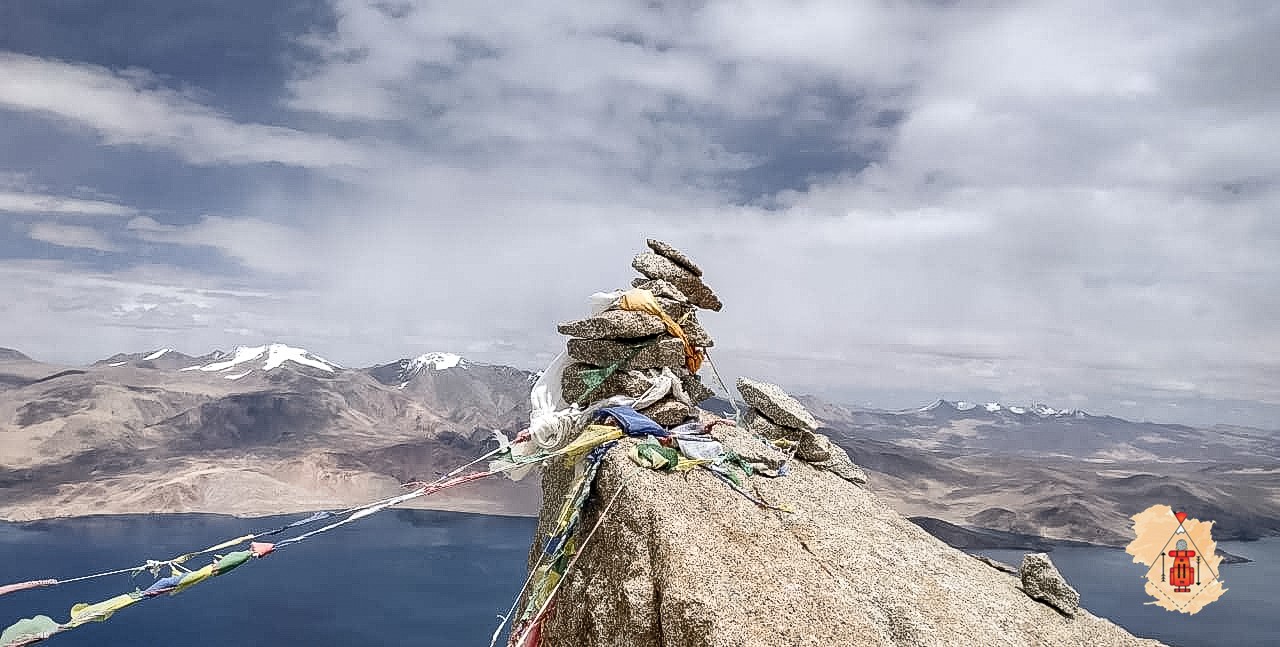
Harshit Patel : Co-Founder at Trekmunk. A certified Mountaineer, Skiier, has led more than 50 high altitude treks in the Indian Himalayas. He is an Engineer by profession but a traveler by passion. He has led treks in Kashmir, Ladakh, Uttarakhand, Himachal Pradesh, West Bengal, Sikkim and Nepal. He is a NOLS certified First Aid Responder and has covered 185,000+ km on Motorcycle. A Poet, Drone Pilot and Videographer at Insane Traveller Productions.